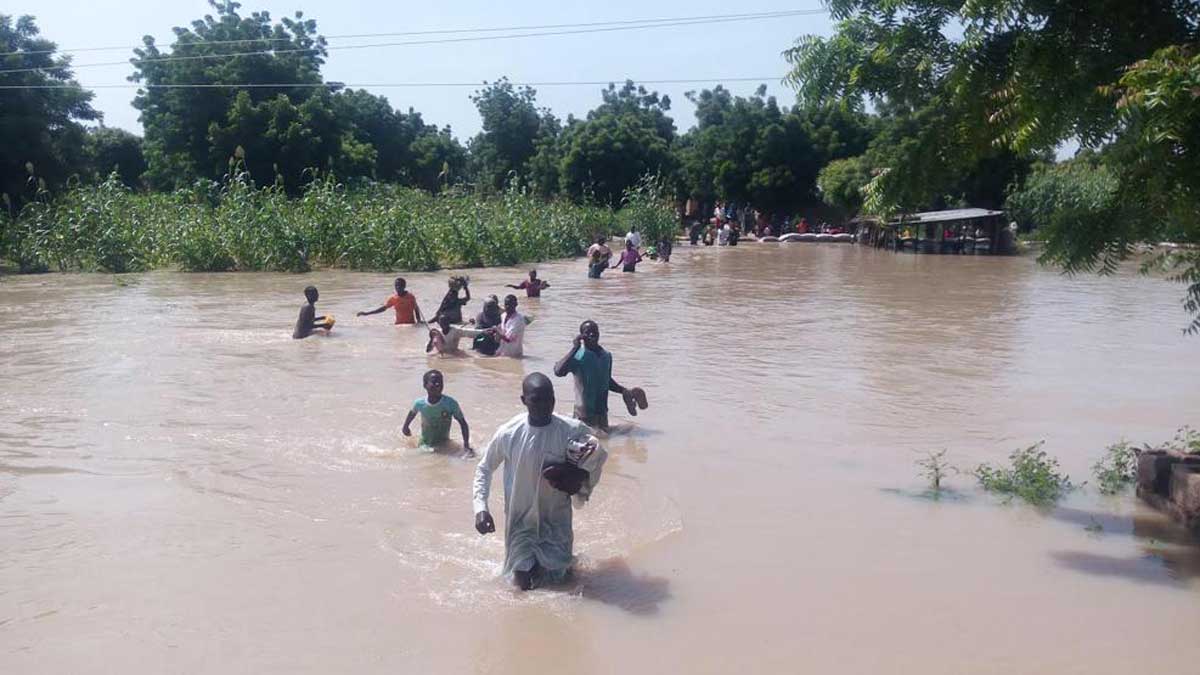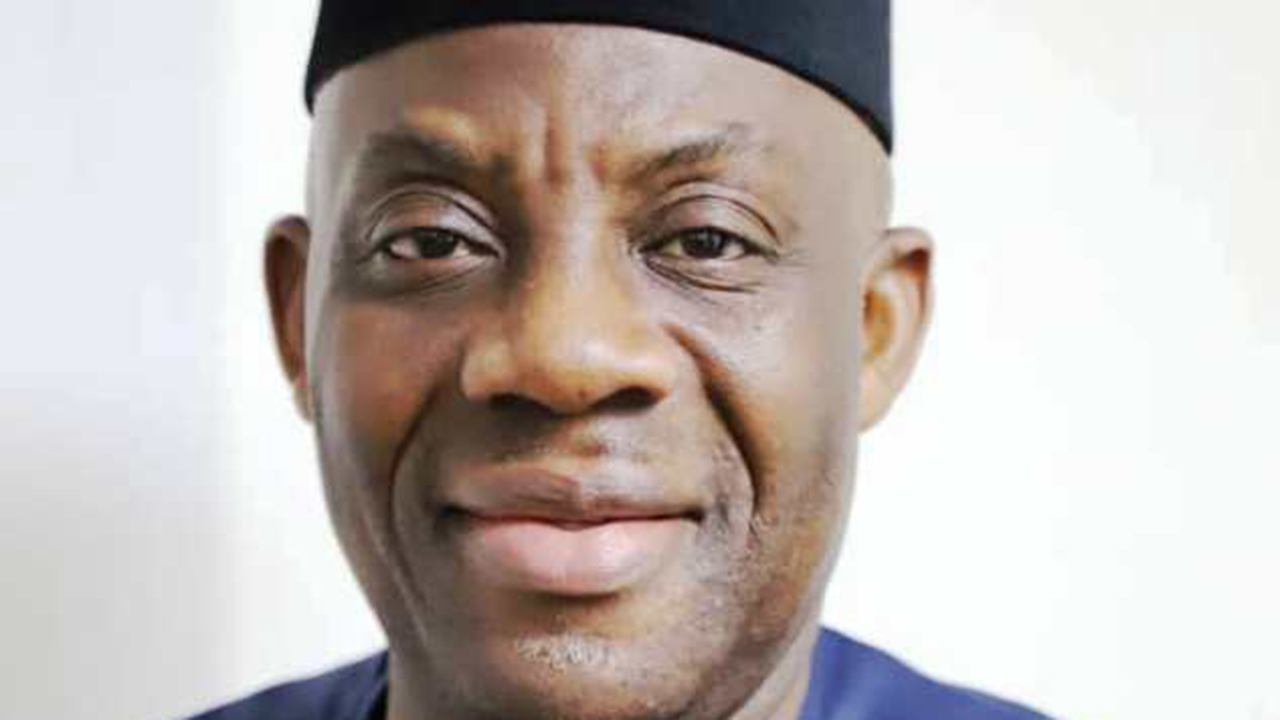 Sadly in the Nigerian experience, what we see for the most part, are predictions and warnings of doomsday ahead. For instance, early in 2022, the Nigeria Hydrological Services Agency (NIHSA), in its Annual Flood Outlook (AFO) predicted that year’s flood disaster. But beyond forecast and warnings, not much was done to prevent or mitigate the effect of the predicted flood disaster, described as the worst in the past three decades. More to the point, agencies saddled with the responsibility for disaster risk management were caught off-guard as though there was never a forecast. Displaced persons were moved into dilapidated school buildings without windows and doors. Men, women and children were cramped into these inhabitable spaces for more than two months. They slept on bare floors. Having lost all they had, the victims depended on hand
Sadly in the Nigerian experience, what we see for the most part, are predictions and warnings of doomsday ahead. For instance, early in 2022, the Nigeria Hydrological Services Agency (NIHSA), in its Annual Flood Outlook (AFO) predicted that year’s flood disaster. But beyond forecast and warnings, not much was done to prevent or mitigate the effect of the predicted flood disaster, described as the worst in the past three decades. More to the point, agencies saddled with the responsibility for disaster risk management were caught off-guard as though there was never a forecast. Displaced persons were moved into dilapidated school buildings without windows and doors. Men, women and children were cramped into these inhabitable spaces for more than two months. They slept on bare floors. Having lost all they had, the victims depended on hand
Relief, especially from the government and its agencies was slow in coming. Worse, government officials, looked up to for relief, chose to profit from the misfortunes of victims as they allegedly short-changed those in dire need of relief by delivering less than was officially approved. At the end of the camp experience, they have since returned to washed off spaces or broken down structures that were once their homes. No farm, no home, no school and what is worse, no known post-disaster response plan to rebuild their broken lives. Governments, State, Local and Federal have carried on as though they owe no obligation to these scarred lives. Politicians who could not visit these victims while in the camps even had the moral courage to canvass for votes from these broken lives.
What is worrisome is that another season of prediction has come. The Annual Flood Outlook for 2023 is not significantly different from the 2022 forecast. It is predicted that 178 Local Government Areas in 32 States and the Federal Capital Territory will fall within the Highly Probable Flood Risk Areas; 224 LGAs in 35 States of the Federation including FCT will fall within the Moderately Probable Flood Risks Areas while the remaining 372 LGAs will fall within the Probable Flood Risks Areas. In one word, the picture, for flood-prone communities is gloomy.
As is typical of those saddled with governance responsibility in Nigeria, not much, by way of appropriate response should be expected. Law makers whose constituencies would soon be submerged by the flood are busy wheeling and dealing for leadership positions in the National Assembly. The National Assembly is not seen exercising its oversight functions by engaging the Executive arm by asking questions on what is being put in place to avert a re-occurrence of the 2022 disaster for which impacted communities have not recovered. To be sure, there is a clear case of marginalization of an emergency that poses existential threat to a good number of Nigerians.
The gloomy 2023 Annual Flood Outlook should compel us to engage our minds on a number of issues. One, if the omnibus Federal Government, arrogating most responsibilities to itself and effectively failing to perform any satisfactorily, has no emergency response plan for the coming disaster, what might States and Local Government Authorities do to prevent or mitigate the ravaging impact of another flood coming so soon? Two, can some of the States and Local Authorities, embarking on grandeur, albeit, needless projects, channel a fraction of the resources frittered away into dredging local Rivers and tributaries to prevent flooding? Three, if prevention is considered difficult, could the State and Local Government Authorities highly impacted by flood begin the construction and equipping of IDP camps, fit for human habitation, now that the flood is not here yet? Finally, and quite importantly, what mechanisms do we need to put in place to ensure that emergency response is timely and is delivered in a manner that those saddled with the responsibility do so without making a fortune out of the misfortune of victims of flood?
The 2022 flood disaster experience is not one anyone would wish to relive so soon. The value of science and technology lies in its potency as instruments for taming the excesses of nature. Should the relevant agencies of government fail to take positive action to prevent or mitigate the coming flood disaster, in spite of the warnings and predictions, it would be an abuse of language for us to call the outcome, natural disaster. More appropriately, it should be seen for what it is – unnatural or governance disaster.
Concluded
Aaron, a Professor of Political Economy and Development Studies is on the Faculty of the University of Port Harcourt, Nigeria.





